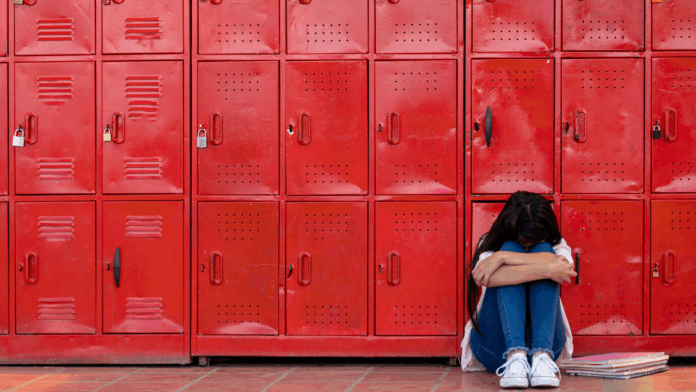Bullying is more than just a casual invitation to “pick on me.” It’s way more toxic than that.
An article from Smart Parenting PH and a study by the Philippine Institute for Development Studies (PIDS) highlighted how bullying impacts academic performance. Both sources revealed that “physical bullying, particularly when perpetrated by adults or parents, has a clear negative effect on schooling outcomes, especially for girls.”
In response, the Department of Education (DepEd) issued a clarion call for a “whole-of-society response”—a move that reaffirms the vital role of the community in education. The mechanism behind this proposition lies in the genuine understanding that this issue cannot be solved by merely presenting data for public speculation. It demands active cooperation from all stakeholders involved.
After all, any meaningful emblem of development still “takes a village.”
In the National Capital Region alone, records showed an increase in cases of bullying compared to last year’s overall count. Though not directly sampled, this may align with the troubling number of junior and senior high school graduates who still struggle with basic reading, according to the Philippine Statistics Authority (PSA).
Case in point: if bullying is not properly addressed, their disruptive behavior may discourage students from attending class regularly. Extreme poverty may also come into play, as empty stomachs remain just as prevalent as they are widespread among Filipino youth.
Poverty is often linked to bullying because it sets kids apart, and that difference makes them easy targets. Bullies feed off a visceral, almost primal need to feel powerful, and those with the least often end up getting hurt the most.
This is further supported by a 2024 study entitled, “School Bullying Contributes to Lower PISA Achievement among Filipino Students: Who Gets Bullied? Why Does It Matter?” It claimed that “students who experience bullying tend to have poorer academic outcomes and reduced school connectedness—both of which may persist over time.”
Nothing is more nuanced when it comes to bullying than the mental health struggles that stem from it. An article published by McLean Hospital explained that students who are bullied by their peers are more likely to develop depression. Depression is, of course, the literal—or figurative – nail in the coffin, depending on how you see it.
Since this requires community intervention, the effort to address bullying must extend beyond the four walls of the classroom. It calls for collaboration among government agencies, local communities, and schools.
The steps to take are worth pursuing because we want the Filipino youth to not just survive but enjoy the journey along the way.



